You've Been Bitten
You woke up with a bunch of strange little dots appearing on your skin, going red and being extremely itchy. This is quite an uncomfortable state of affair and there is a high likelihood that you have been bitten by bed bugs. Even though you might get worried and frustrated by the itching and the looks of the tiny wounds, do not worry, this may be treated easily. All you need to know in these cases will be explained in the lines below. Thus, do not lose your calmness and read on.
Manifestations of Bed Bug Bites
First of all, you might easily misinterpret the bed bug bite rash for some inflicted by a different insect. This is due to the fact that, aesthetically, these bites are quite similar. Moreover, you might not even take bug bite as the possible cause of your skin rash. This is why people often ignore this when they should actually look further into it.

You may notice a bed bug bite rash by looking closer and revealing a pattern. Namely, these bugs tend to return for more once they start feasting on your blood. Since they are sent away by your movements during sleeping, they return back and continue next to the previously bitten spot. Therefore, a line of bites or a specific pattern may be a clear sign of bed bugs.
Also, if the rashes reappear after your every sleep, you will know what is causing it for sure. Still, you should not scratch the area at all costs. Scratching will increase the irritation and cause more scratching, resulting in inflammations and infections.
- Bed bugs are nocturnal feeding, bloodsucking arthropod parasites whose main host is humans. The rate of bedbug infestations in the United States had been in decline until the 1990s when resurgence attributed to increased international travel and insecticide-resistant breeds began.
- In 2006, Australian pest control professionals reported a rise in bed bug infestations over 4,500%. In the United States, bed bug infestations have been reported in all 50 states. As of 2012, "an estimated 1 out of 5 Americans either has had a bed bug infestation in their home or knows someone who has encountered them."
- In addition to homes and hotels, infestations are appearing in the offices, retail spaces, health care facilities, and cinemas. Bed bug infestations can be found in almost any location where people sleep or sit.
- Bed bugs are attracted by carbon dioxide and the body heat of the host. They come in contact with the host by walking (not flying or jumping) from the crevices of material they hide in when not feeding. While humans are the preferred hosts, bed bugs can and will feed on other warm-blooded animals. In the United States, C. lectularius can infest poultry sheds and decrease egg production. Bed bugs tend not to live on the human body. They only contact humans for a blood meal every few days if a sleeping host is available.
- Bedbug bites are seen in equal distribution between both genders and through all ages. However, there is a prevalence noted in persons that live in population concentrated areas such as apartments, those who travel more frequently and stay in hotels, and those with lower socioeconomic conditions.
- In the vast majority of patients, the reactions from bedbug bites form as a result of an immunologic response to the proteins found in bedbug saliva. The numerous proteins in the bedbug saliva play multiple roles, including prevention of clot formation in the host, inhibition of platelet aggregation, vasodilation, and some may act as antimicrobial agents.
- Biopsy specimens of the bites demonstrate edema and perivascular lymphocyte and eosinophil infiltration. An inflammatory reaction is noted in the upper and lower dermis around vessels and adnexal epidermal structures. In the dermis, lymphomononuclear cells and eosinophils are noted between collagen fiber bundles as well as perivascularly.
- Reactions to bedbug bites are self-limited; once the patient is removed from the infested environment or the colony of bedbugs is exterminated, the biting stops. When patients have an intolerable pruritic reaction to the bites, symptomatic treatment is warranted. Over-the-counter systemic antihistamines and topical antipruritic creams are often effective. If the eruptions are significant enough, mild-to-moderate corticosteroid creams may be required. Antihistamines and topical therapy are used to provide symptomatic relief and reduce the risk of bacterial superinfection or cellulitis from repeated scratching.
As for the length of the bed bug bite rash, it can last for several hours while, at the same time, it might bother you for several weeks. This depends on your immunity and proneness to allergies and your overall health.
Possible Treatment for Bed Bug Bite Rashes
Topical or oral antihistamines or steroid creams are great for treating this problem. What is more, you might purchase them over-the-counter and the variants you may choose from are many. Therefore, have your rash examined by a doctor and rush on to the pharmacy, getting your cure for this uncomfortable skin problem.
However, if you want to be treated naturally, you might find relief by pouring warm water over the bedbug bite spots. Washing it with an antibacterial soap can prove to be helpful in many situations, including this one. Additionally, applying Calamine lotion topically or adding oatmeal powder to your bath water can result in quite a relief. Finally, salt and baking soda can cure the inflammation.


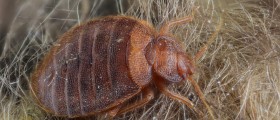

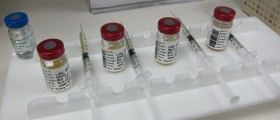
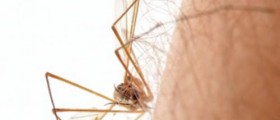


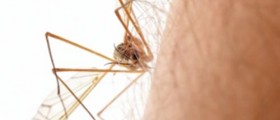
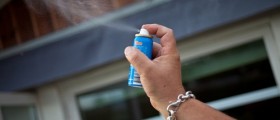

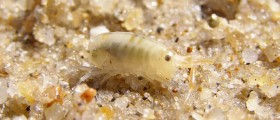
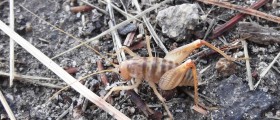



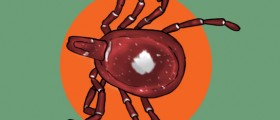
Your thoughts on this
Loading...